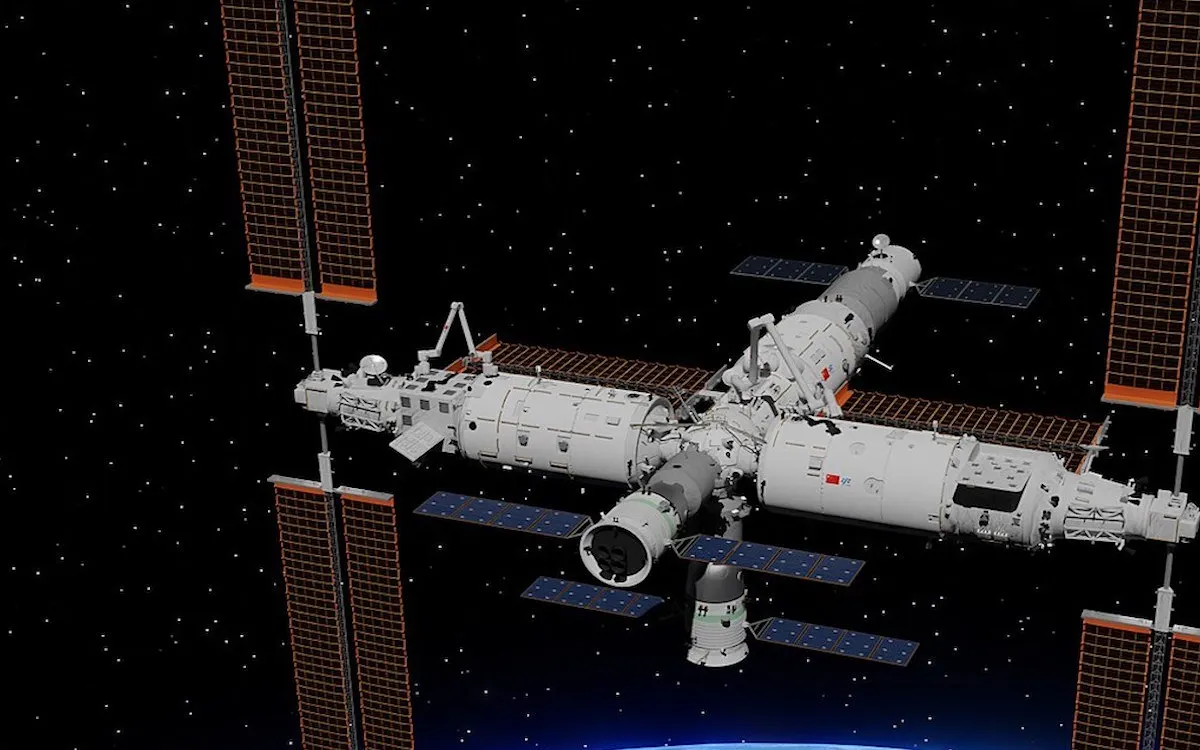
In October 2022, China successfully launched the final module of its orbiting space station, known as Tiangong. This significant milestone in space exploration has not only hosted astronauts but has also revealed an extraordinary discovery: a previously unknown microbe thriving in the unique environment of low Earth orbit. Scientists have conducted thorough examinations of swabs collected from inside the Tiangong space station, uncovering a form of bacteria that is not recognized as a part of Earth’s microbial inhabitants.
The findings were published in the International Journal of Systematic and Evolutionary Microbiology, emphasizing the critical need to study this newly identified microbial strain to ensure the health and safety of astronauts on board the Chinese space station. This previously unknown microbe has been named Niallia tiangongensis, reflecting the space station where it was discovered. Its ability to survive in the challenging conditions of microgravity raises important questions about microbial life in space.
In May 2023, astronauts aboard Tiangong's Shenzhou-15 conducted swabbing operations in a cabin as part of a broader investigation under the China Space Station Habitation Area Microbiome Program. Follow-up analyses of these swabs linked the newly discovered microbe to a strain resembling Niallia circulans, a rod-shaped, spore-forming bacterium originally found in soil. However, it remains uncertain whether this strain evolved in the space station's environment or if it had already adapted on Earth before traveling to low Earth orbit.
The newly characterized species exhibits remarkable resilience, capable of breaking down gelatin for nitrogen and carbon, which helps it endure the harsh conditions of space by forming a protective biofilm. Additionally, it produces tough spores that enable it to withstand extreme environments, showcasing its adaptability. This discovery parallels a previous finding from last year, where scientists identified a mutated strain of drug-resistant bacteria thriving under similar conditions aboard the International Space Station (ISS).
While both Niallia tiangongensis and its ISS counterpart represent space-faring microbial strains, they differ significantly in their composition and function, according to the research paper. The potential impact of this newly discovered bacterium on the health of Tiangong astronauts remains unclear, prompting the need for further investigation into its characteristics. The researchers underscore the importance of understanding microbial behavior during long-term space missions, stating, “Understanding the characteristics of microbes during long-term space missions is essential for safeguarding the health of astronauts and maintaining the functionality of spacecraft.”
As space exploration continues to expand, the discovery of Niallia tiangongensis reinforces the necessity of ongoing research into the microbial life that may accompany human ventures beyond Earth. This knowledge is vital not only for astronaut health but also for the success of future space missions.